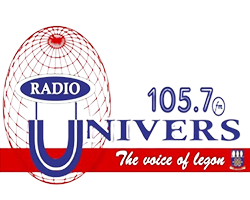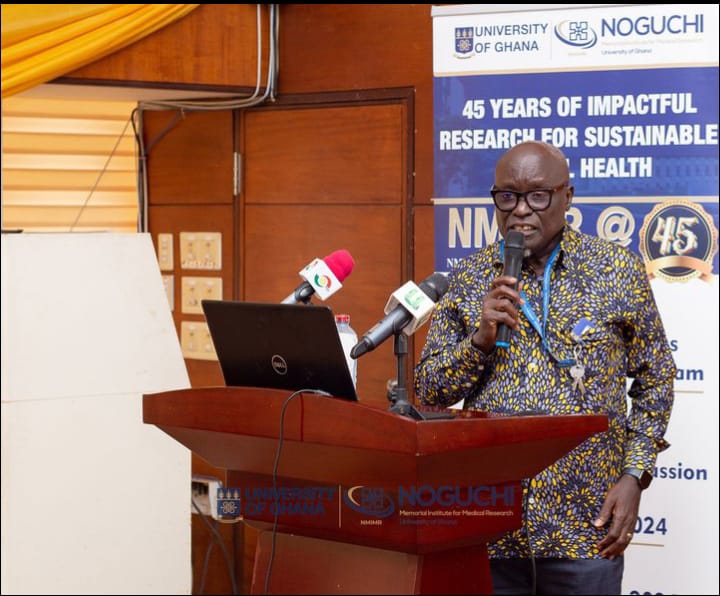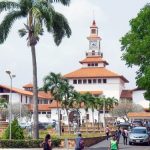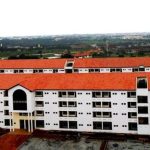An expert in Rotavirus research, Professor George Enyimah Armah has shed light on the challenges researchers faced in studying diarrheal diseases.
In his lecture, at the annual research meeting of the Noguchi Memorial Institute for Medical Research 45th Anniversary celebration which focused on the importance of data collection and surveillance in addressing the epidemiological gaps surrounding Rotavirus infections in Ghana and beyond.
Professor Armah began by recounting the early days of Rotavirus research in Ghana.
“So we have very scanty data on epidemiology. We have virtually nothing on the disease burden and the incidence. Very little evidence-based data on estimate the magnitude of the disease and its impact on the health of children. Even strain diversity we knew nothing about it.”
To address this gap, his team established an active surveillance system. The project began at the Noguchi Clinic, where they regularly collected samples from children suffering from diarrhea.
These samples were analyzed by various departments, such as Bacteriology, Parasitology, and Virology, with Professor Armah focusing on identifying the viral pathogens.
While the initial efforts were limited, they soon realized that Rotavirus was a significant cause of diarrhea, particularly severe cases that resulted in dehydration and fever.
“We didn’t do very much, but then we were able to show that Rotavirus was an important pathogen in there, and we needed to do some more work.”
This finding led them to extend their research, contributing to the establishment of the African Rotavirus Network in 1998. The network expanded Rotavirus surveillance across the continent, laying the foundation for vaccine introduction.
According to Professor Armah, from October to April, Rotavirus was the dominant cause of diarrhea among children, while bacterial infections took over during other months.
This insight helped local medical officers adjust their treatment protocols, with a focus on rehydration therapy instead of unnecessary antibiotics.
“So we were able to provide some local data on the characteristics of the Rotavirus infection. That is, at least every child gets once. The first one is very severe. The other ones are not severe and it was associated with severe dehydration and fever, severe profuse wartery diarrhea.”
“Another interesting thing that we found in Navrongo was that during the month of October to April, we saw a peak of Rotavirus diarrhea and then during the other months of the year, it is more bacteria and other causes and so, we were able to convince the medical officers that there was no need to prescribe antibiotics at that time, but it was more of rehydration.“
–
Story by: Joycelyn Glory | univers.ug.edu.gh




